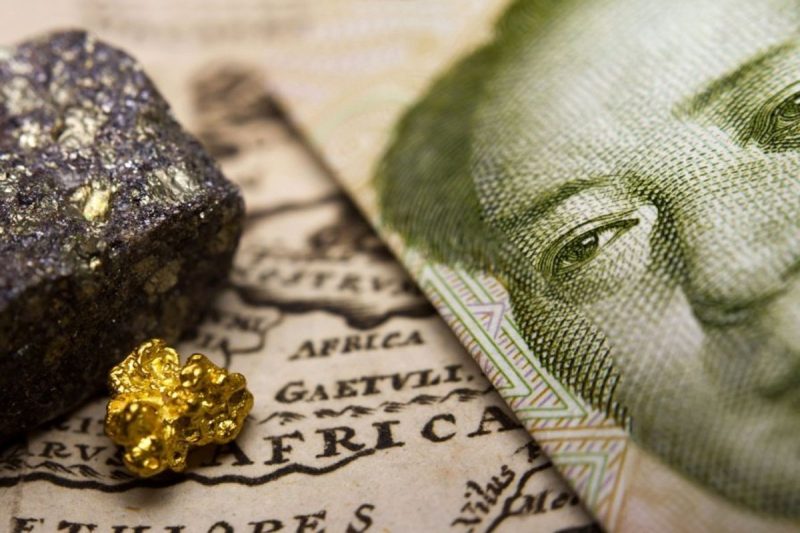In a digital age where value is increasingly measured in likes, shares, and virtual currency, it may come as a surprise that China’s youth are bucking the trend and turning to a more tangible asset: gold beans. These tiny treasures have captured the imagination of young consumers as the country grapples with the specter of deflation, highlighting a cultural shift towards a more traditional form of wealth preservation.
Gold beans, also known as Jinbi in Mandarin, are small, polished gold nuggets that have been a popular investment choice in China for centuries. Traditionally used as a form of jewelry or decoration, these gold beans are now being seen as a practical means of storing wealth in uncertain economic times. Their portability and limited supply make them an appealing option for those seeking to safeguard their assets against the erosive effects of inflation.
One of the key factors driving the popularity of gold beans among China’s youth is their dual functionality as both a financial asset and a status symbol. In a society where appearances matter, owning a collection of gleaming gold beans can confer a sense of prestige and success. This appeal is further enhanced by the fact that gold has long been associated with luck and prosperity in Chinese culture, making it a desirable addition to any investment portfolio.
The recent surge in demand for gold beans has been fueled by concerns over deflation, as China’s economy continues to face downward pressure. With prices falling and consumer spending stagnating, many young people are turning to alternative assets like gold to hedge against the risk of losing purchasing power. This trend is particularly pronounced among millennials, who are more financially savvy and risk-averse than previous generations.
However, the popularity of gold beans among China’s youth is not without its skeptics. Critics argue that these tiny nuggets offer little practical value beyond their aesthetic appeal, and that their price can be highly volatile. Furthermore, the sheer number of counterfeit gold products on the market raises questions about the authenticity and purity of these beans, prompting concerns about potential fraud and deception.
Despite these criticisms, the appeal of gold beans as a store of value remains strong among China’s young consumers. In a world where traditional financial assets are subject to market fluctuations and geopolitical uncertainties, the timeless allure of gold continues to hold sway. Whether it be as a symbol of prosperity, a hedge against inflation, or simply a way to diversify one’s investment portfolio, gold beans represent a unique convergence of tradition and modernity in China’s evolving economic landscape.



























